17 Tech Purchases That Turn into Wasted Money
When it comes to tech purchases, not all gadgets deliver the value we expect. Many items seem like great investments at first but end up being more trouble than they are worth. From expensive printers to high-end fitness trackers, these tech products often fail to live up to the hype. They might end up unused, break quickly, or offer only minimal benefits for the price. Whether it’s the latest smart home device or an overpriced gadget, some tech purchases just don’t provide long-term value.
This post may contain affiliate links, which helps keep this content free. Please read our disclosure for more info.
Expensive Printer Ink

Printer ink is one of the most expensive liquids on the market. While printers themselves might be affordable, the cost of replacing ink cartridges can quickly add up, especially if you print frequently. Many printers are designed to require proprietary ink cartridges, making it difficult to use cheaper alternatives. Over time, the money spent on ink often exceeds the cost of the printer itself.
Additionally, ink cartridges tend to dry up quickly if not used often, leading to waste. This makes it a particularly frustrating purchase for those who only print occasionally. There are often more cost-effective and long-lasting options available, such as ink refill kits or laser printers. However, many consumers stick with inkjet printers, thinking they are saving money, only to end up spending much more over the long run.
Smart Home Devices
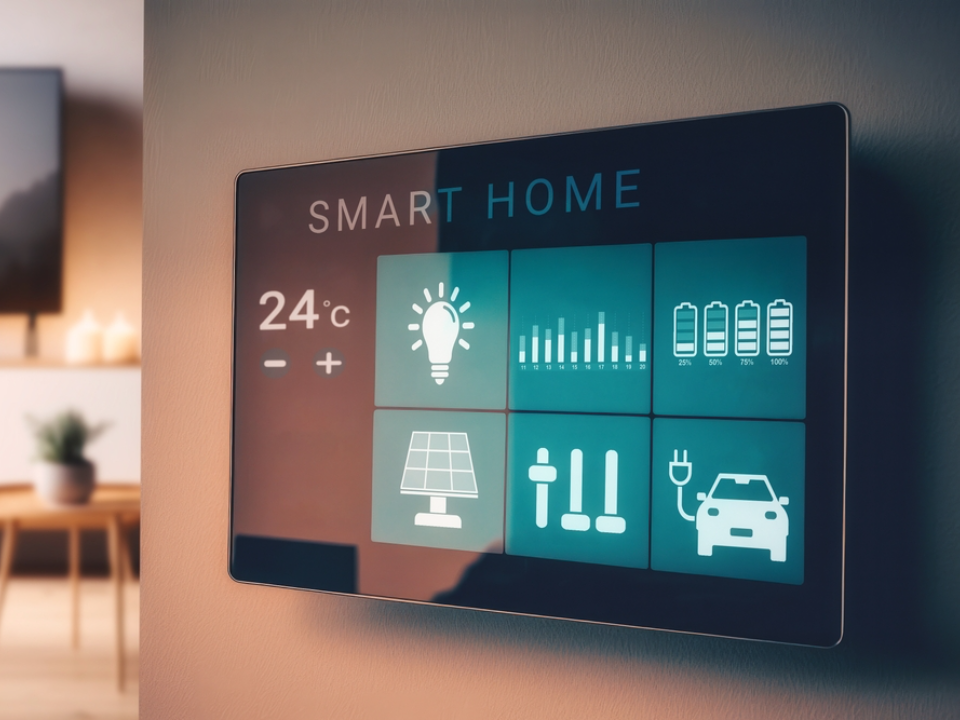
Smart home devices, such as smart thermostats, smart lights, and voice assistants, promise convenience and energy savings. However, many users find that these devices end up being more trouble than they are worth. For example, setting up a smart thermostat may seem easy, but it can sometimes be difficult to get it properly calibrated to save significant energy. The long-term energy savings may not justify the high upfront costs.
Furthermore, many smart home devices require ongoing subscriptions or updates, making them an ongoing expense. While some people enjoy the novelty of controlling their home with their voice or phone, others quickly lose interest. As a result, these devices often end up collecting dust and serving no real purpose after the initial excitement fades.
Fitness Trackers

Fitness trackers are marketed as tools that help people stay healthy by tracking steps, heart rate, and sleep patterns. While they can provide useful data, many users find that they stop wearing their fitness trackers after a short time. The novelty of tracking personal health fades, and the device becomes just another gadget to charge and store in a drawer.
Additionally, many fitness trackers offer limited value if the user does not make meaningful lifestyle changes based on the data. The accuracy of these devices can also be questionable, particularly when it comes to more advanced metrics like calorie counting or sleep quality. Instead of investing in a fitness tracker, it might be better to focus on a simple health routine that does not require tech gadgets.
Expensive Phone Cases

Phone cases are often marketed as a necessary accessory for protecting your smartphone, and high-end cases can cost as much as the phone itself. However, many users find that after a few months, the case no longer provides adequate protection or becomes damaged. Some high-priced cases are also bulky, making the phone harder to carry around or use comfortably.
Moreover, many smartphone manufacturers provide cases or screen protectors that are just as effective but at a fraction of the cost. These premium phone cases often do not live up to the promises of superior protection. In the end, the money spent on an expensive case is often wasted, as a basic and more affordable option would have worked just as well.
High-End Headphones
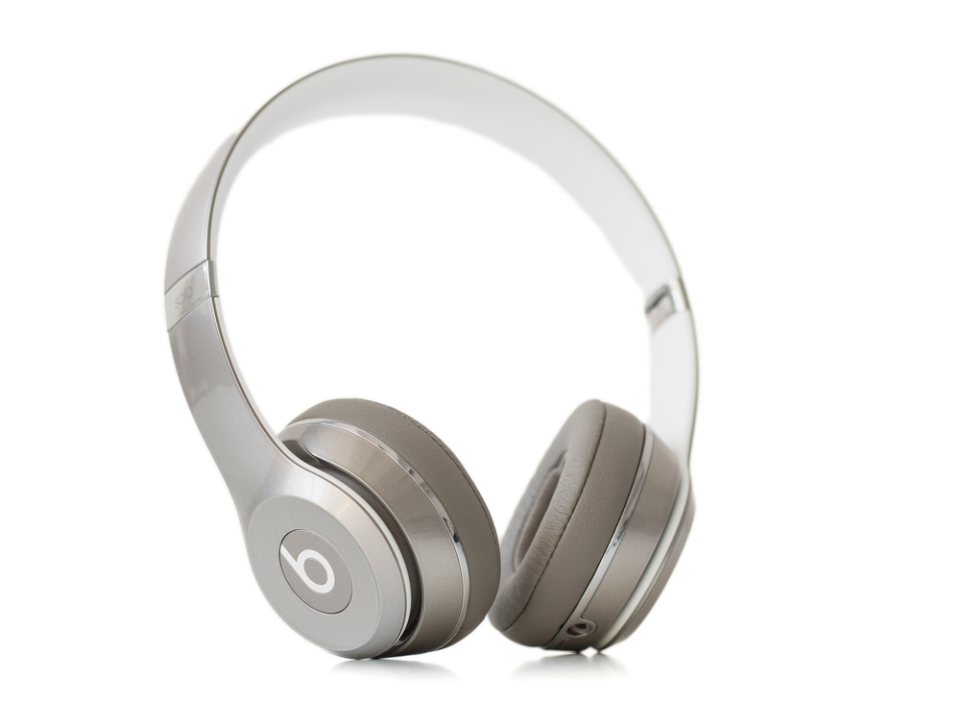
High-end headphones are advertised as providing superior sound quality, but for many people, the difference between an expensive set and a mid-range pair is barely noticeable. Audio quality is subjective, and not everyone will appreciate the finer details that justify the high price tag. For most casual listeners, a more affordable pair of headphones will provide sufficient quality without the premium price.
In addition to sound quality, high-end headphones often come with extra features like noise-cancellation or Bluetooth connectivity. However, these features can be unnecessary for users who primarily use headphones for everyday activities like commuting or exercising. Once the initial novelty wears off, many people find they rarely use the additional features, making the investment not worth the money.
Virtual Reality Headsets
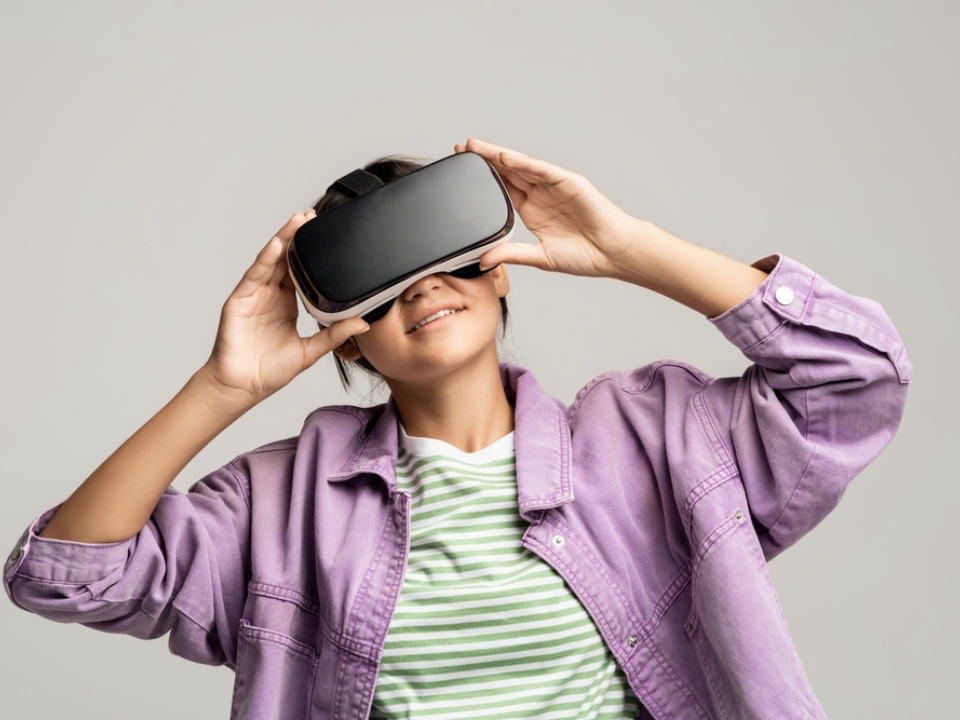
Virtual reality (VR) headsets promise an immersive gaming experience, but for most users, the novelty quickly fades. The initial excitement of exploring virtual worlds often diminishes after a few sessions, and the headset ends up gathering dust. Many people also experience discomfort or dizziness while using VR headsets, making them less enjoyable in the long run.
Additionally, VR gaming often requires a powerful computer or gaming console to operate, which can add to the overall cost of the setup. The library of VR-compatible games is also limited compared to traditional gaming platforms, which can make the purchase feel like a waste of money. Unless you are a dedicated gamer or enthusiast, a VR headset might not provide the value you expect.
Smartwatches
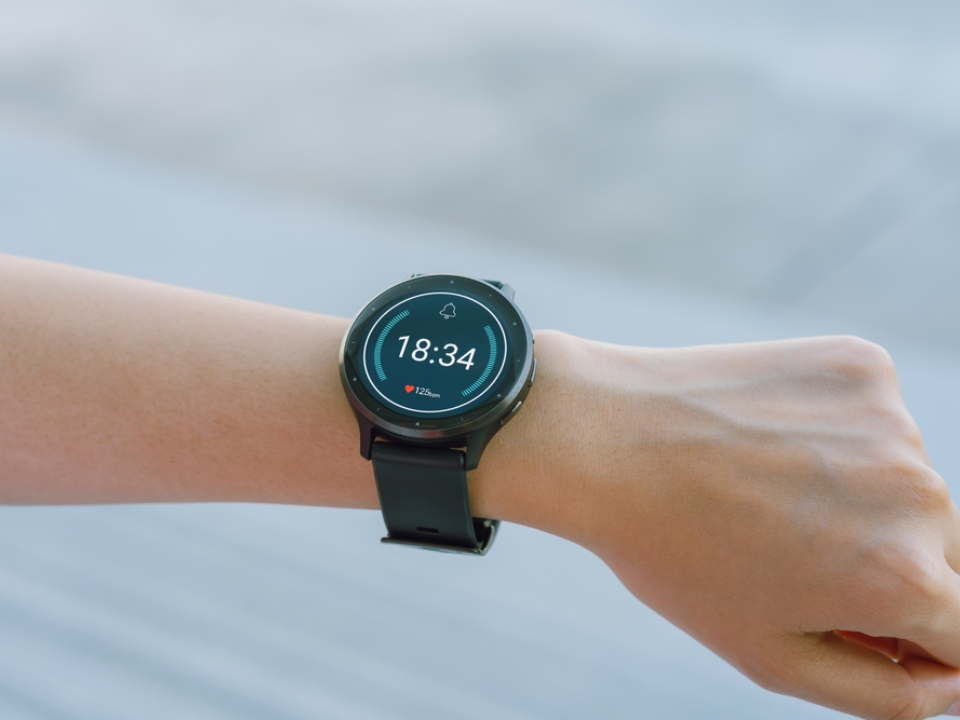
Smartwatches are marketed as a convenient way to stay connected and monitor health, but many users find they do not add much value to their daily routines. After the initial novelty, many people stop using smartwatches because they feel redundant, as smartphones already handle notifications and fitness tracking. The need to charge the device regularly also becomes a hassle for users who prefer simpler solutions.
Furthermore, while some smartwatches offer fitness tracking features, these can be inaccurate or redundant for people who already use dedicated fitness equipment. Unless you are specifically looking for health-tracking features or a device that can manage all your notifications, a smartwatch is often not worth the money. A traditional watch or a simple fitness tracker might serve you better without the added costs.
Gaming Consoles
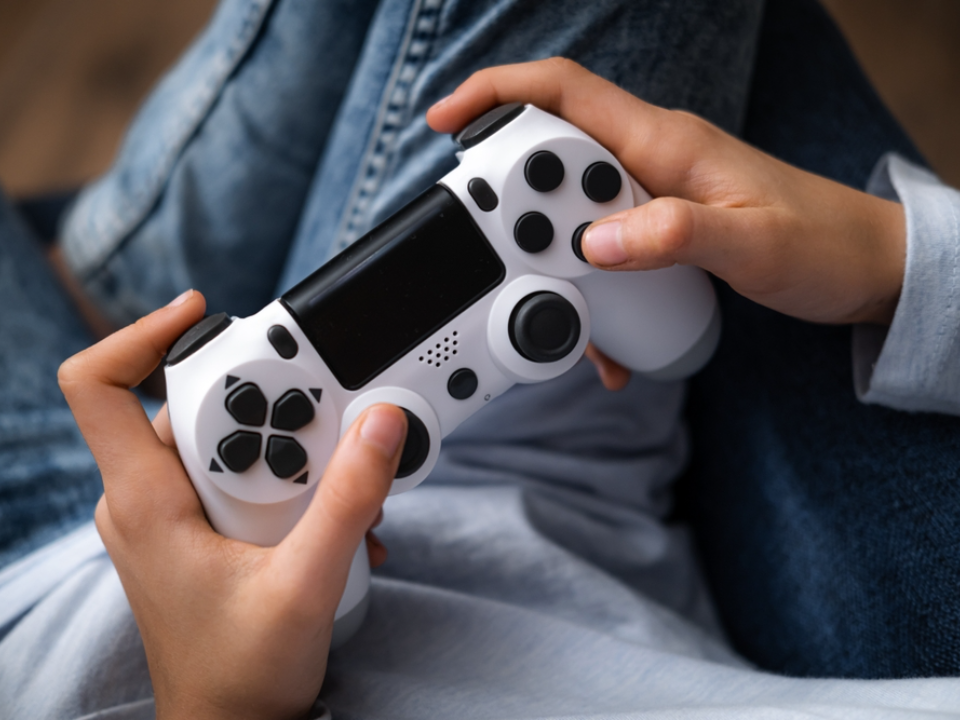
Gaming consoles are popular purchases, especially for those who enjoy video games. However, with the rise of PC gaming and streaming platforms, the need for a physical console is diminishing. Many people find that they only use their consoles for a few months before they are set aside in favor of more flexible or accessible gaming options.
Moreover, the ongoing cost of buying games for consoles, along with the need for online subscriptions to access multiplayer modes, can add up quickly. For some users, the expense of owning a console becomes hard to justify when there are more affordable ways to play games, such as on a computer or mobile device. In the end, a gaming console may not provide the long-term value people expect.
Overpriced Laptops

Laptops are often seen as a necessary purchase for work or school, but many people find that they do not use their laptops to their full potential. High-end laptops, in particular, come with a hefty price tag for features that most users do not need. Unless you are using your laptop for intensive tasks like gaming, video editing, or programming, a less expensive model will often suffice.
Additionally, many high-end laptops are not significantly faster or more efficient than mid-range options. The difference in performance is often barely noticeable for everyday tasks like browsing the web or working on documents. As a result, investing in a high-end laptop may not be the best way to spend your money.
High-Price Smart Speakers
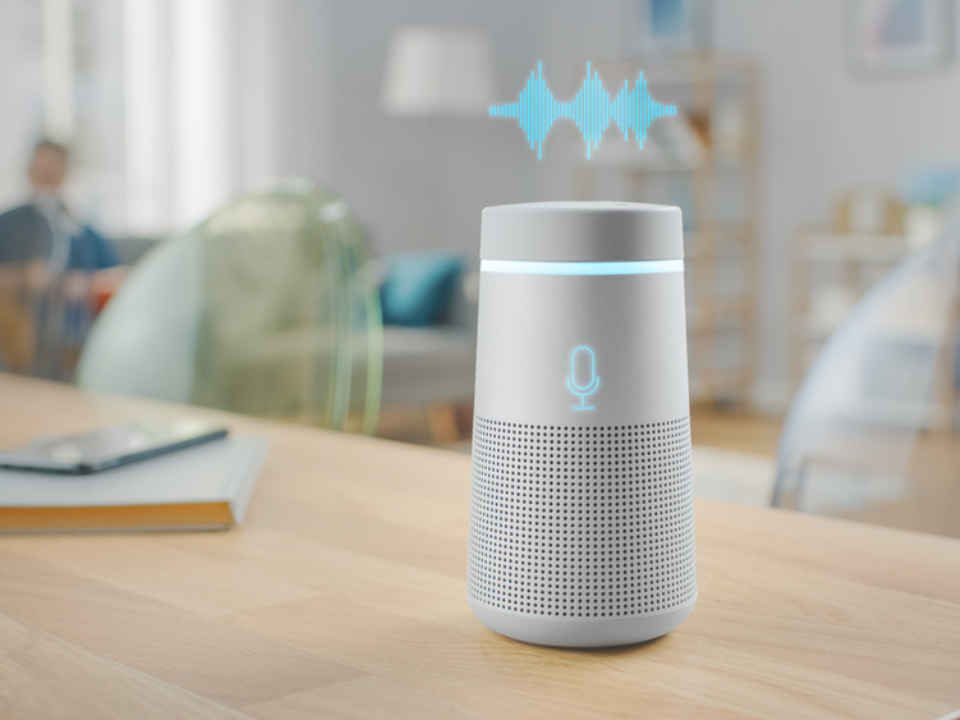
Smart speakers like Amazon Echo and Google Home are marketed as convenient tools for managing smart home devices, playing music, and answering questions. However, many people find that these speakers do not offer significant advantages over other devices, like smartphones or tablets, which can perform the same functions. The convenience factor quickly wears off once you realize how much you rely on your phone to accomplish the same tasks.
Furthermore, smart speakers often have privacy concerns, as they are always listening for commands. While the idea of having a voice-controlled assistant may seem appealing, many users end up ignoring their smart speakers or finding them unnecessary. The money spent on these devices may not be worth it if you already have a smartphone that can do everything a smart speaker can.
Virtual Assistants for Homes
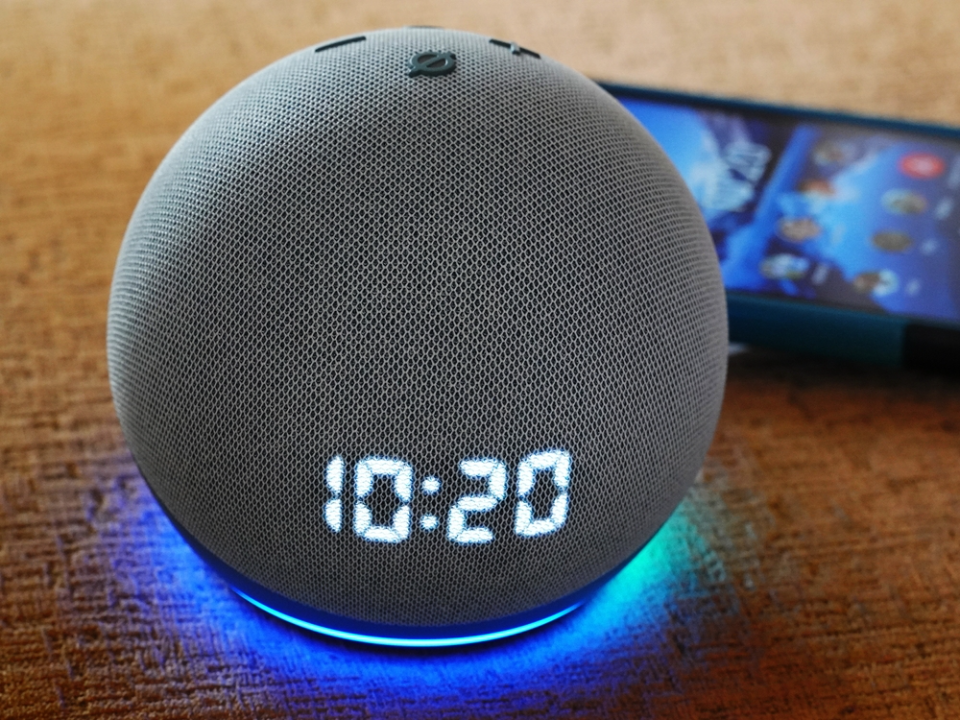
Virtual assistants, like Amazon Alexa or Google Assistant, are designed to help manage your home and answer questions with voice commands. While these devices can be useful, they often fail to live up to expectations in real-world use. For example, they might struggle with understanding complex commands or have trouble integrating with certain smart home systems.
Another issue is that virtual assistants often require continuous updates or additional subscriptions to maintain full functionality. The time and money invested in setting up and maintaining these devices may not justify the minimal convenience they provide. In many cases, using your smartphone or other devices to control smart home features is just as effective.
Expensive TV Sets
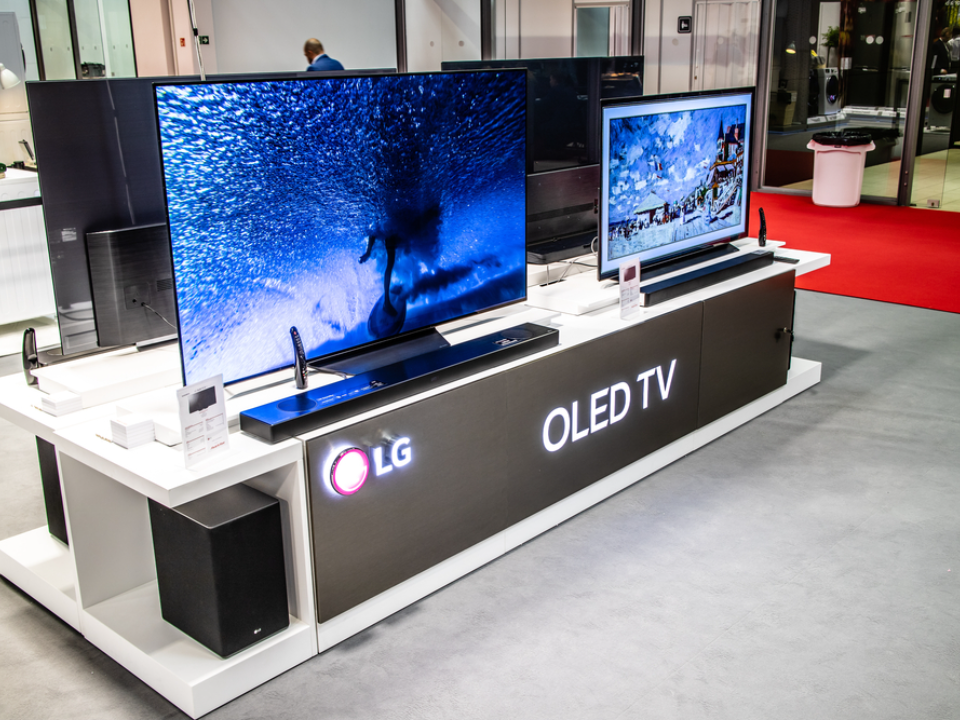
Television technology has come a long way, and expensive 4K or OLED TVs are now commonplace. However, many users find that the additional features and image quality improvements are not worth the high price. For those who only use their TVs for basic cable or streaming services, a mid-range TV will often provide the same viewing experience at a fraction of the cost.
Furthermore, some users discover that they do not fully utilize the smart features of their high-end TVs. Streaming services and apps can be accessed on many other devices, such as smartphones or tablets, making the need for a high-end TV unnecessary. In the end, the money spent on an expensive TV might be better invested in something more practical.
Home Security Systems
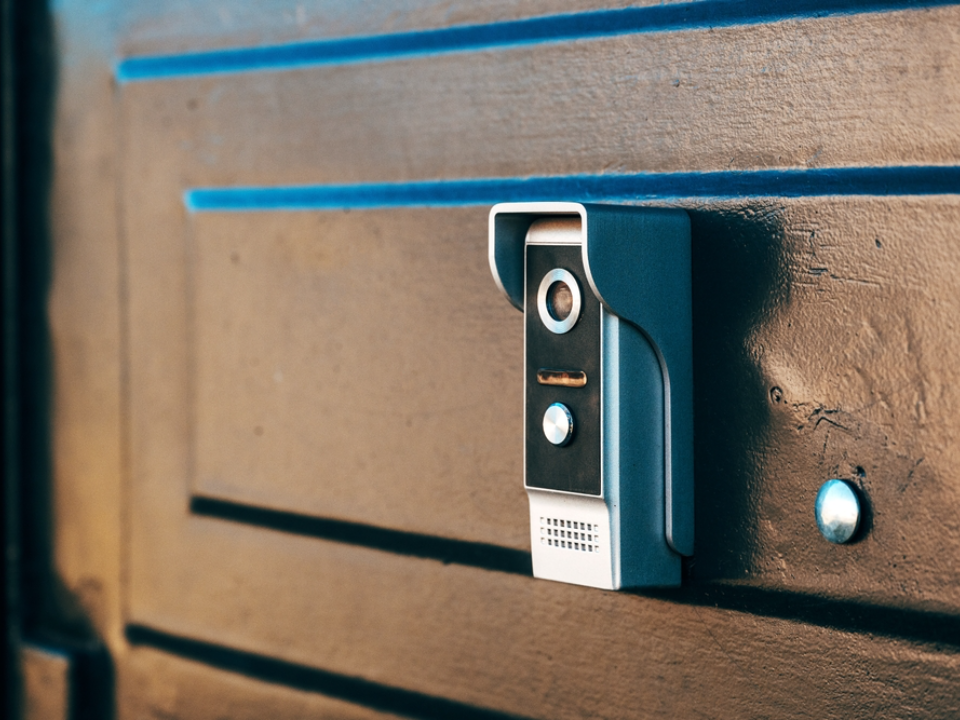
Home security systems are often sold as a must-have for protecting your home, but many people find that they do not need the level of security these systems offer. Basic security features, like doorbell cameras or smart locks, can provide enough protection without the need for an elaborate setup. The high cost of installing and maintaining a full home security system may not be worth it for most households.
Additionally, many users find that they rarely check the footage from their cameras or alarms, and the system becomes redundant. The peace of mind promised by these security systems often fades once the initial setup is complete. A more budget-friendly approach, such as upgrading locks or using a basic alarm system, may provide sufficient protection without the high costs.
Overpriced Gaming Chairs
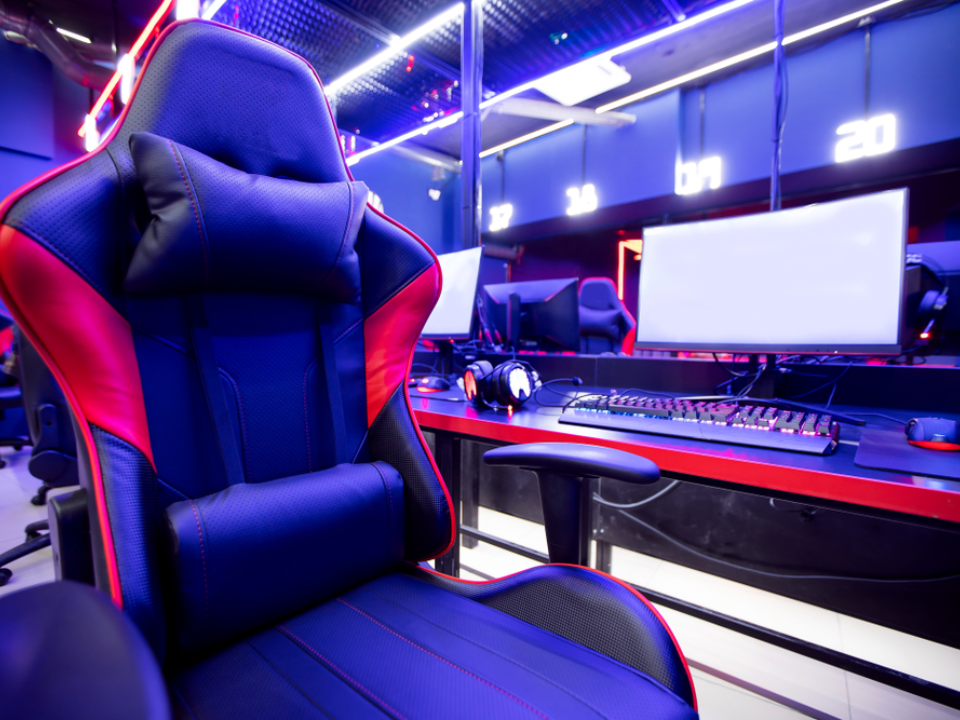
Gaming chairs are often marketed as the perfect solution for comfort during long gaming sessions. However, many users find that the price tag for high-end gaming chairs does not align with the actual benefits they provide. While these chairs may offer adjustable features, lumbar support, and high backrests, most people can achieve the same level of comfort with a less expensive ergonomic office chair.
Additionally, the aesthetic appeal of gaming chairs may not suit every home or office space. Many users find that the flashy designs and bold colors make these chairs look out of place in more traditional settings. Instead of spending money on an overpriced gaming chair, consider investing in a quality office chair that provides similar support without the steep price tag.
Wireless Charging Pads

Wireless charging pads promise convenience by eliminating the need for physical charging cables. While they are convenient in some cases, many users find that they are not as fast or efficient as traditional wired chargers. Charging via a pad can take significantly longer, especially for devices with large batteries, making them less practical for daily use.
Furthermore, wireless charging pads are often overpriced compared to the cost of a good-quality charging cable. For users who do not mind dealing with a cord, the benefits of wireless charging are minimal. In most cases, a wired charger will be just as fast and reliable without the extra cost of a wireless charging pad.
Fitness Equipment You Will Not Use
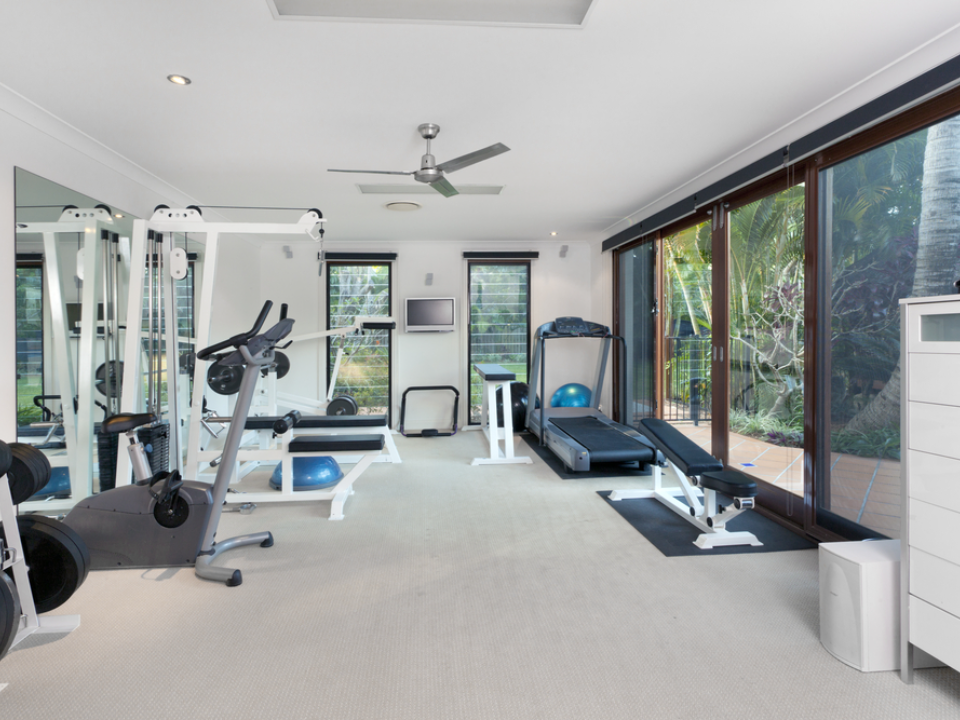
Many people purchase expensive fitness equipment, such as treadmills, exercise bikes, or home gyms, with the intention of improving their health. However, once the novelty wears off, these items often end up as expensive clothes hangers or decorative furniture. It is easy to get excited about fitness goals but harder to maintain the discipline required for consistent use.
Additionally, the space taken up by large fitness equipment can become a burden, especially for those with smaller homes or apartments. A gym membership or simple at-home exercises like walking, bodyweight exercises, or yoga can often provide just as much benefit. Instead of investing in costly equipment that may not get much use, it is better to focus on simple, consistent routines that do not require large, expensive purchases.
High-End Gaming Keyboards
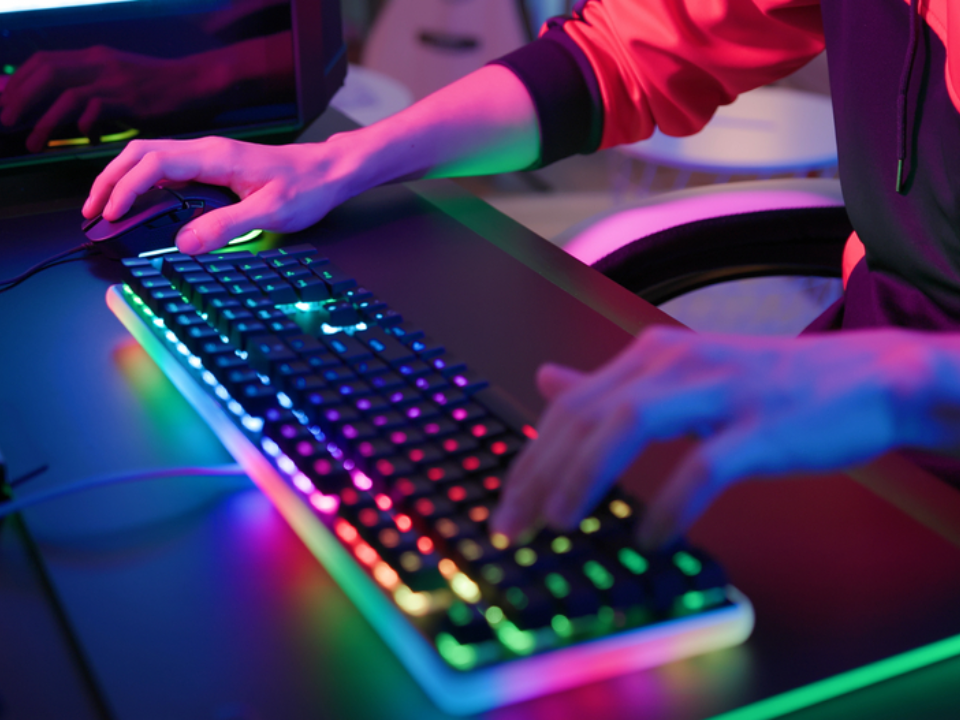
Gaming keyboards are designed for performance, featuring mechanical keys, customizable lighting, and extra buttons for quick access during games. However, many users find that the advanced features of high-end gaming keyboards are unnecessary for everyday use. For casual gamers or those who use their keyboard for work, the extra buttons and customization options are often wasted.
In addition, high-end gaming keyboards can be bulky and uncomfortable for long typing sessions. The noise of mechanical keys can also be distracting for others around you. A more affordable, ergonomically designed keyboard will often provide better value and comfort for daily use, making the expensive gaming versions a wasted purchase for most users.
This article originally appeared on Avocadu.
